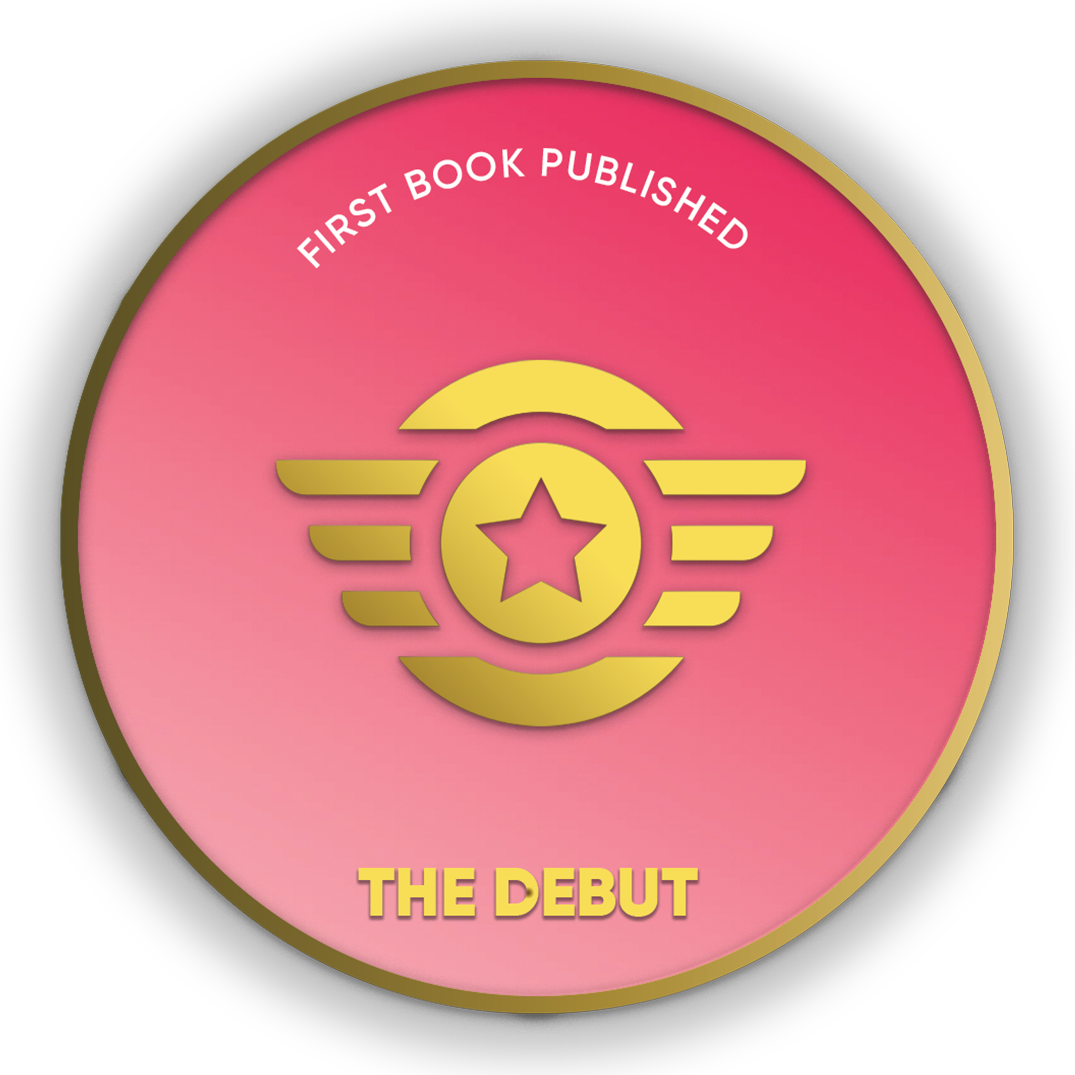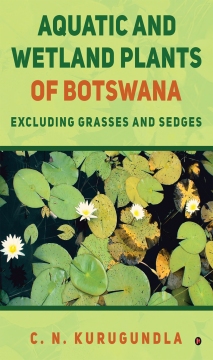
- Discover books
- For Writers
-
For Writers
-
Indie Author Championship
-
Challenges
Writing Contests
- Get Started

"It was a wonderful experience interacting with you and appreciate the way you have planned and executed the whole publication process within the agreed timelines.”
Subrat SaurabhAuthor of Kuch Woh Pal -
-
-
IN
- India
- Singapore
- Malaysia
- 0
CN. Kurugundla
Dr. Chandraskara Naidu Kurugundla is a multi-disciplinary professional. He obtained his M. Sc. in plant sciences and Ph.D. in experimental crude oil pollution on plants, in India. His specializations include plant physiology, biochemistry, taxonomy, anatomy, floristic studies, alien invasive weeds, ecology, environmental and water quality studies, pollution and lake/wetland restorations. He taught for 16 years from 1981 and retired as the head of the Department of Botany in Sir Theagaraya College, Univesity of Madras, Chennai, Tamil Nadu, India, before taking up an assignment in Botswana as thRead More...
Dr. Chandraskara Naidu Kurugundla is a multi-disciplinary professional. He obtained his M. Sc. in plant sciences and Ph.D. in experimental crude oil pollution on plants, in India. His specializations include plant physiology, biochemistry, taxonomy, anatomy, floristic studies, alien invasive weeds, ecology, environmental and water quality studies, pollution and lake/wetland restorations. He taught for 16 years from 1981 and retired as the head of the Department of Botany in Sir Theagaraya College, Univesity of Madras, Chennai, Tamil Nadu, India, before taking up an assignment in Botswana as the chief botanist and aquatic invasive plant specialist.
Dr. Kurugundla was selected by the Department of Water and Sanitation (DWS), the Republic of Botswana, from India in August 1997 to undertake a program geared towards the protection of Botswana wetlands from invasive weeds and pollution. He served as the head of the Aquatic
Read Less...Crop your profile image

AQUATIC AND WETLAND PLANTS OF BOTSWANA
Books by C. N. Kurugundla
An anthology of aquatic plants is an excellent collection of knowledge about anything in fresh, marine, or polluted waters. This pictorial guide deals with aquatic and wetland plants from the Okavango to the transboundary rivers to the rainwater ponds and dams. Organized and written in a way that will make information easily accessible to specialists and non-specialists alike.
The guide/book highlights the diversity and vital ecological importance of th
An anthology of aquatic plants is an excellent collection of knowledge about anything in fresh, marine, or polluted waters. This pictorial guide deals with aquatic and wetland plants from the Okavango to the transboundary rivers to the rainwater ponds and dams. Organized and written in a way that will make information easily accessible to specialists and non-specialists alike.
The guide/book highlights the diversity and vital ecological importance of the group of plants, providing descriptions and identification keys for emergent, floating-leaved, and submerged aquatic plants found in Botswana. They serve as a source of food and shelter for the aquatic fauna, thus forming the basis of aquatic wildlife conservation practices. They are economically useful in providing medicinal and aesthetic value. Aquatic plants prevent and maintain erosion, water turbidity, and the source of oxygen in the water.
Information on invasive plants, such as Kariba/salvinia weed, water lettuce, and water hyacinth that threaten Botswana's aquatic ecosystems, is briefly described. In total, 194 plant species are presented in the guide. All technical terms are explained in a comprehensive glossary. This is the first such flora to cover aquatic and wetland plants for the entire geographical area, excluding grasses and sedges.
It will suit a large age range, from little ones who want to look at the pictures to primary school children. If you have an explorer's spirit and a thirst for finding something new, then aquatic life will never disappoint. The physical book itself is stunning, with a handsome cover with common water lily that makes it pretty enough to sit on the coffee table but entertaining enough to keep kids glued to the pages.
Prohibited Aquatic Invasive Weeds In Botswana
Books by CN. Kurugundla
This guide is motivational and inspiring to the students, weed control managers, communities and others. With great effort, the author describes the weed and weed characters in simpler terms to reach the common people. Eight aquatic invasive weeds have been prohibited in Botswana and their movement within the country is restricted as per the Aquatic Weed (Control) Act of 1986, Botswana. The readers draw attention to how these weeds can be identified in the fie
This guide is motivational and inspiring to the students, weed control managers, communities and others. With great effort, the author describes the weed and weed characters in simpler terms to reach the common people. Eight aquatic invasive weeds have been prohibited in Botswana and their movement within the country is restricted as per the Aquatic Weed (Control) Act of 1986, Botswana. The readers draw attention to how these weeds can be identified in the field and how they can be managed with integrated control measures.
With the information presented, we all need to cultivate feelings of protecting our waters and wetlands so that the integrity of the ecosystems is restored. Fears are spread too generously about the threat of aquatic weeds, but there are well-practiced norms, laws and methods available to manage them. The strategies and goals of the Aquatic Weed Control practiced in wetlands of Botswana to manage the weeds and the results obtained from the program can provide confidence in weed control programs for several countries.
It is set out how natural selection underlies the great similarities between species and how, when species are isolated as invasive, they become different. With this principle, the author presents, through natural measures, how evolutionary changes can occur in a system where the weeds are controlled.

Are you sure you want to close this?
You might lose all unsaved changes.
Select from one of our global stores to continue
 India
India
 Singapore
Singapore
 Malaysia
Malaysia
Warning Message
The items in your Cart will be deleted, click ok to proceed.










